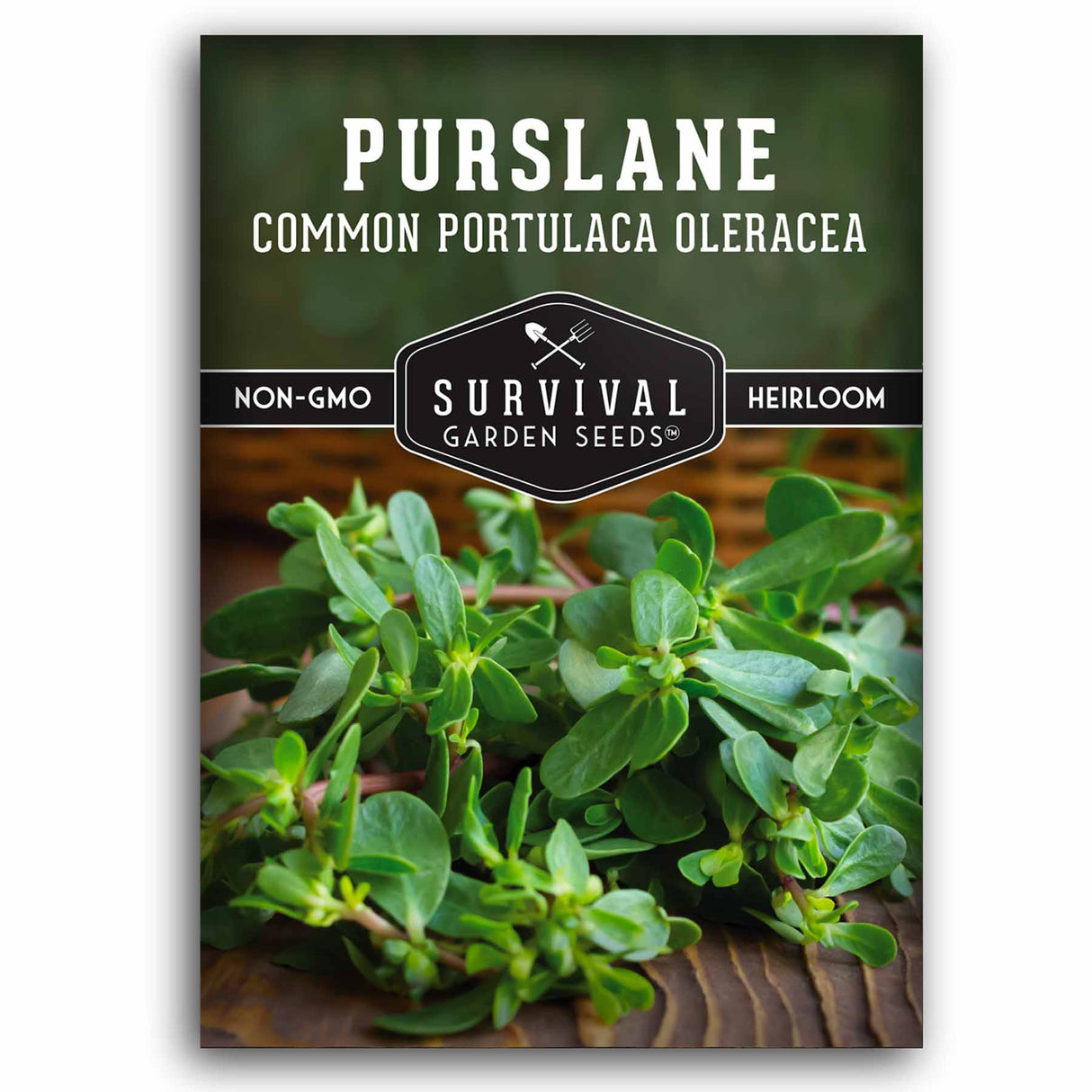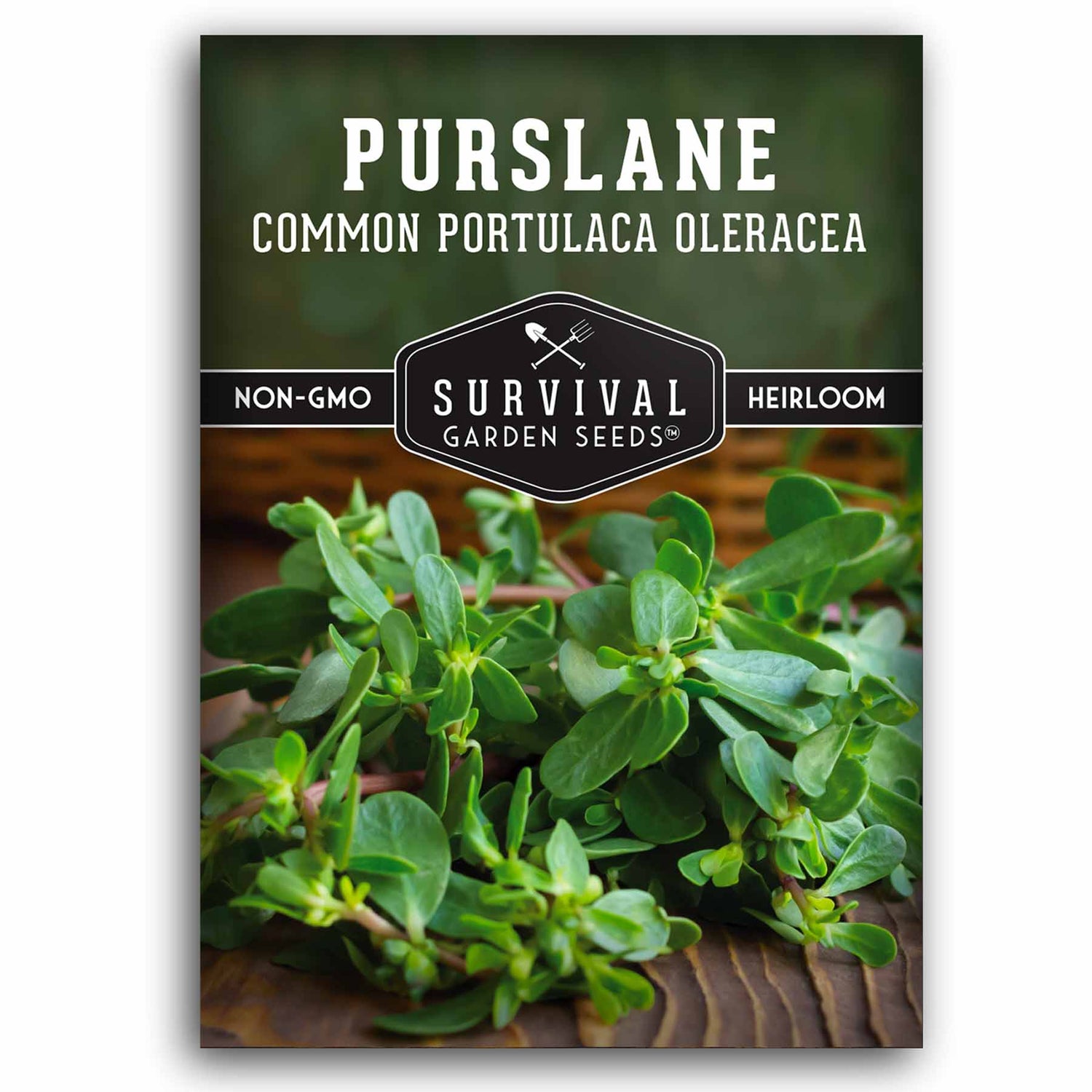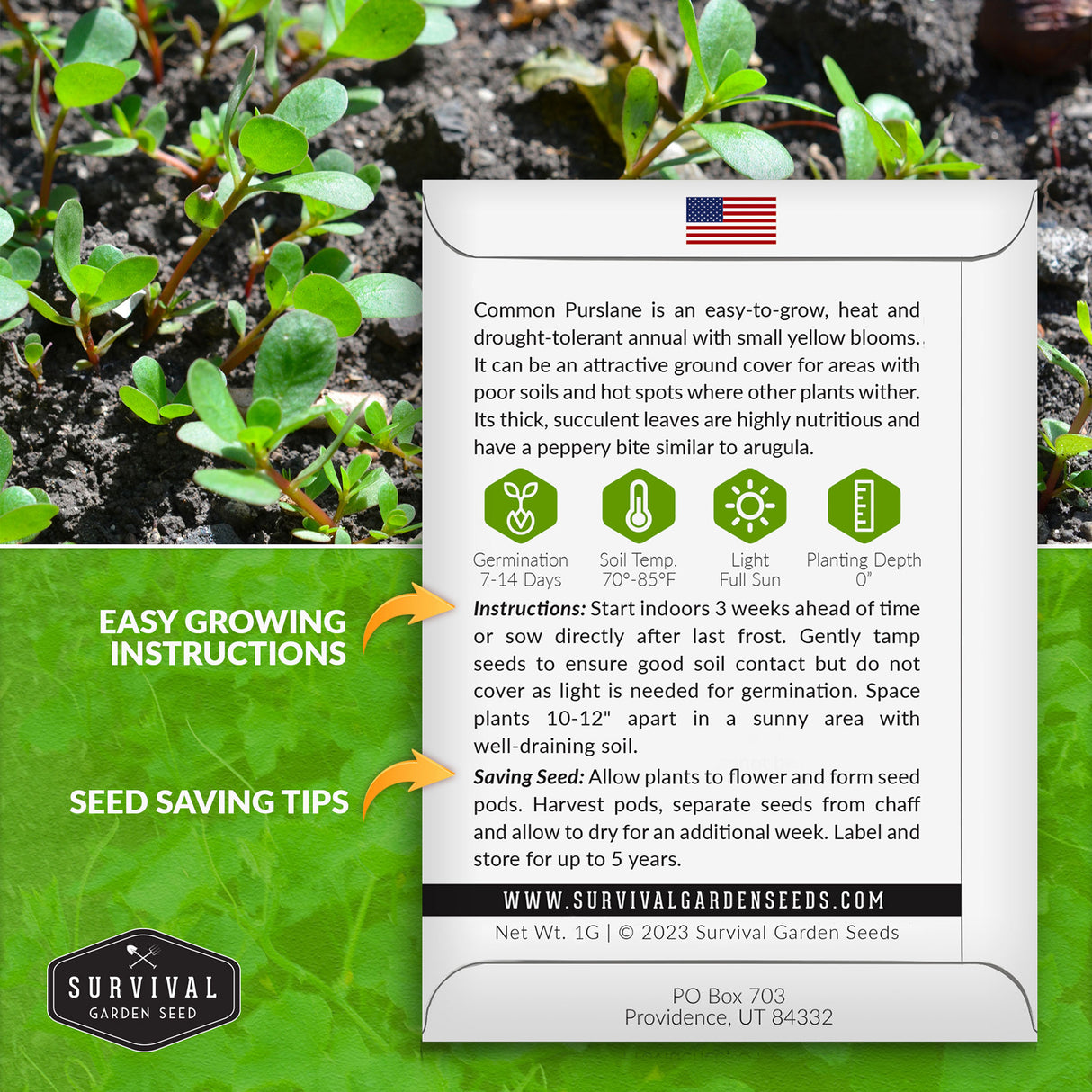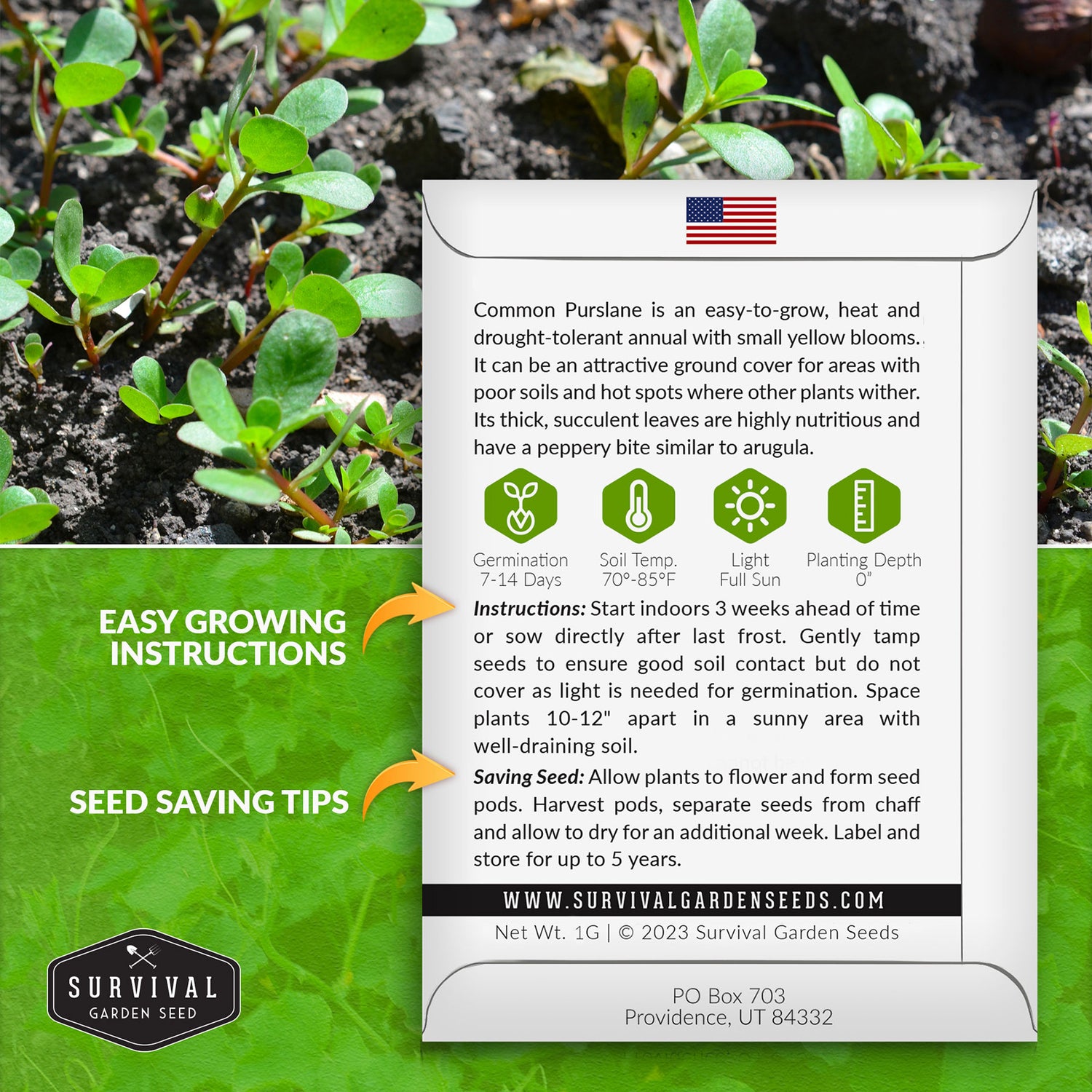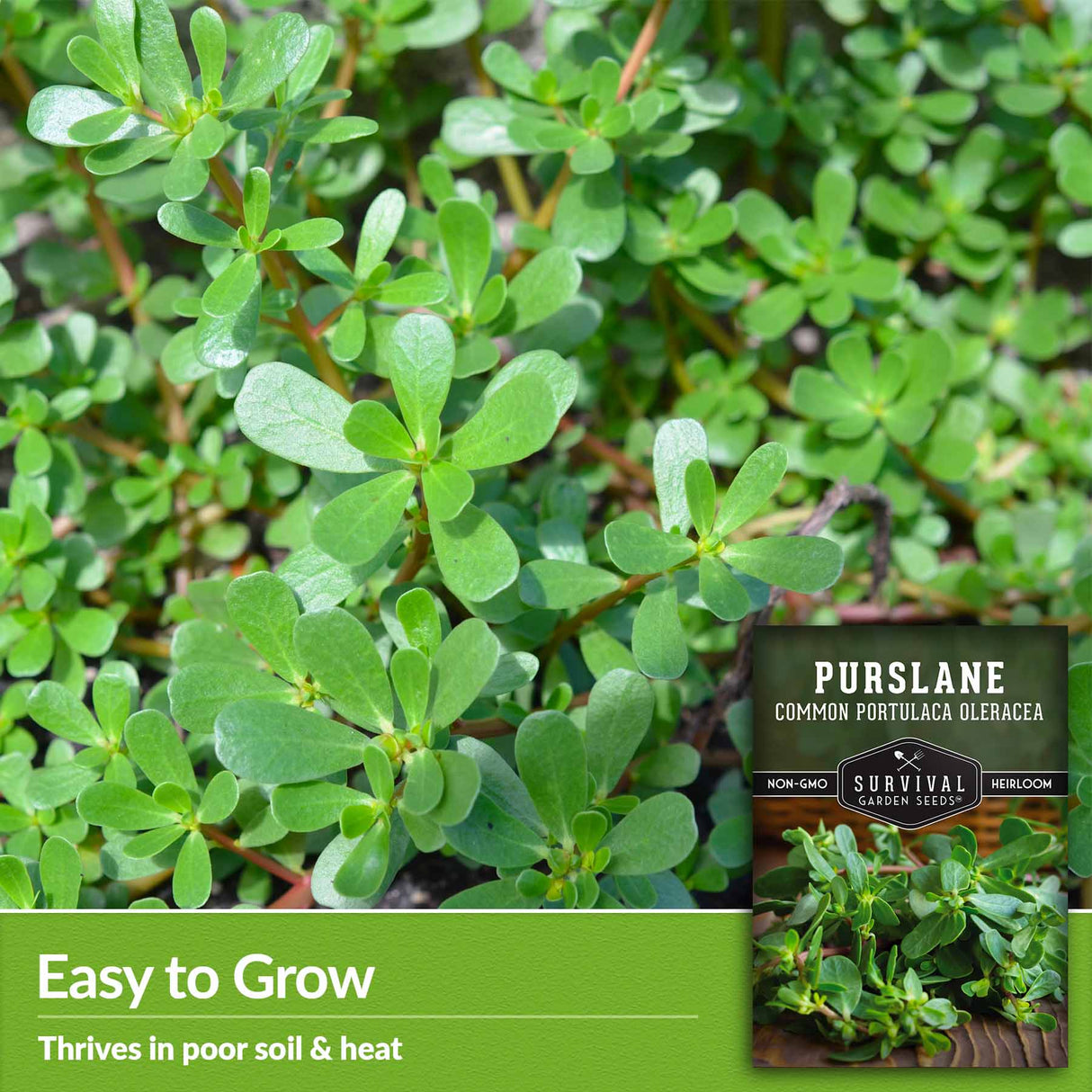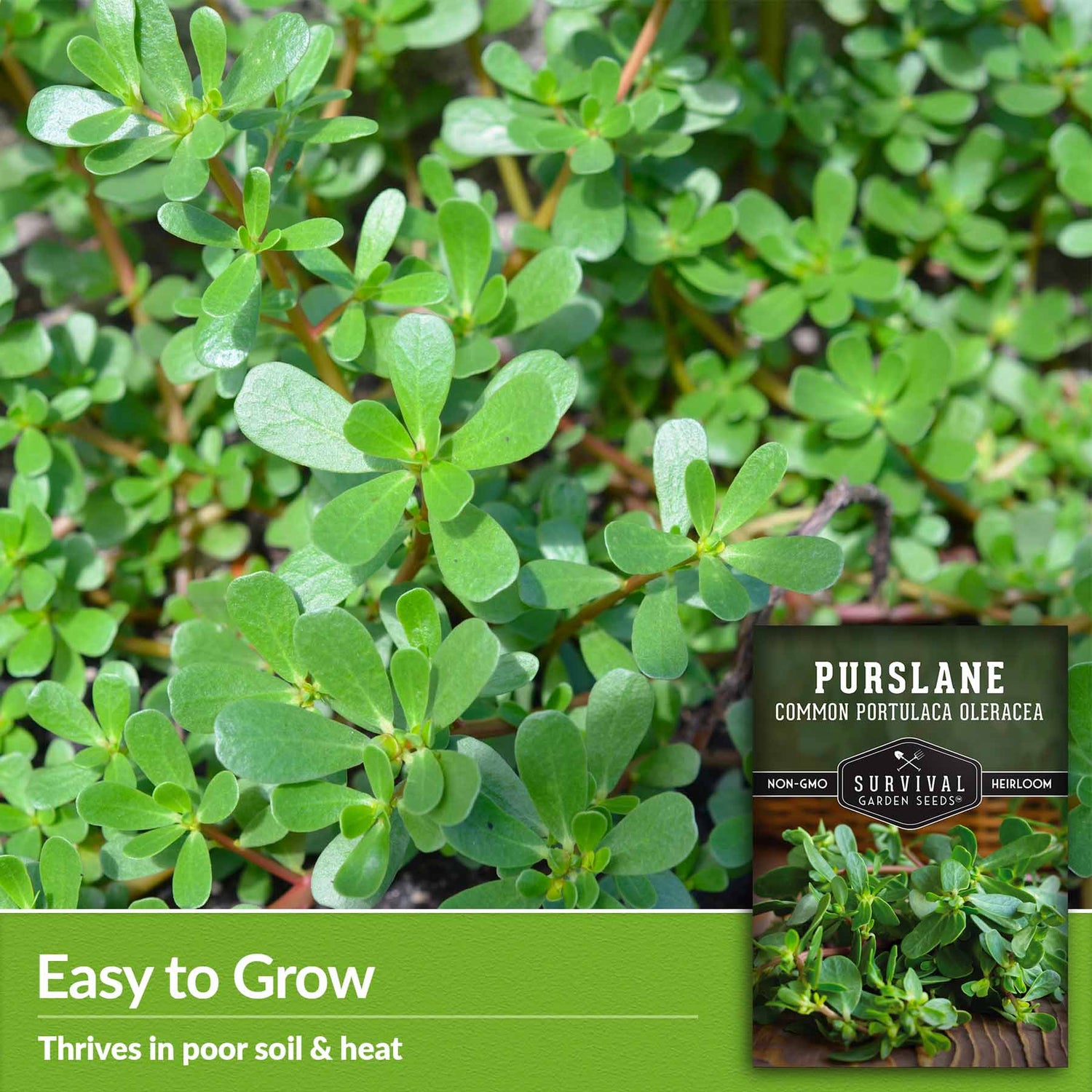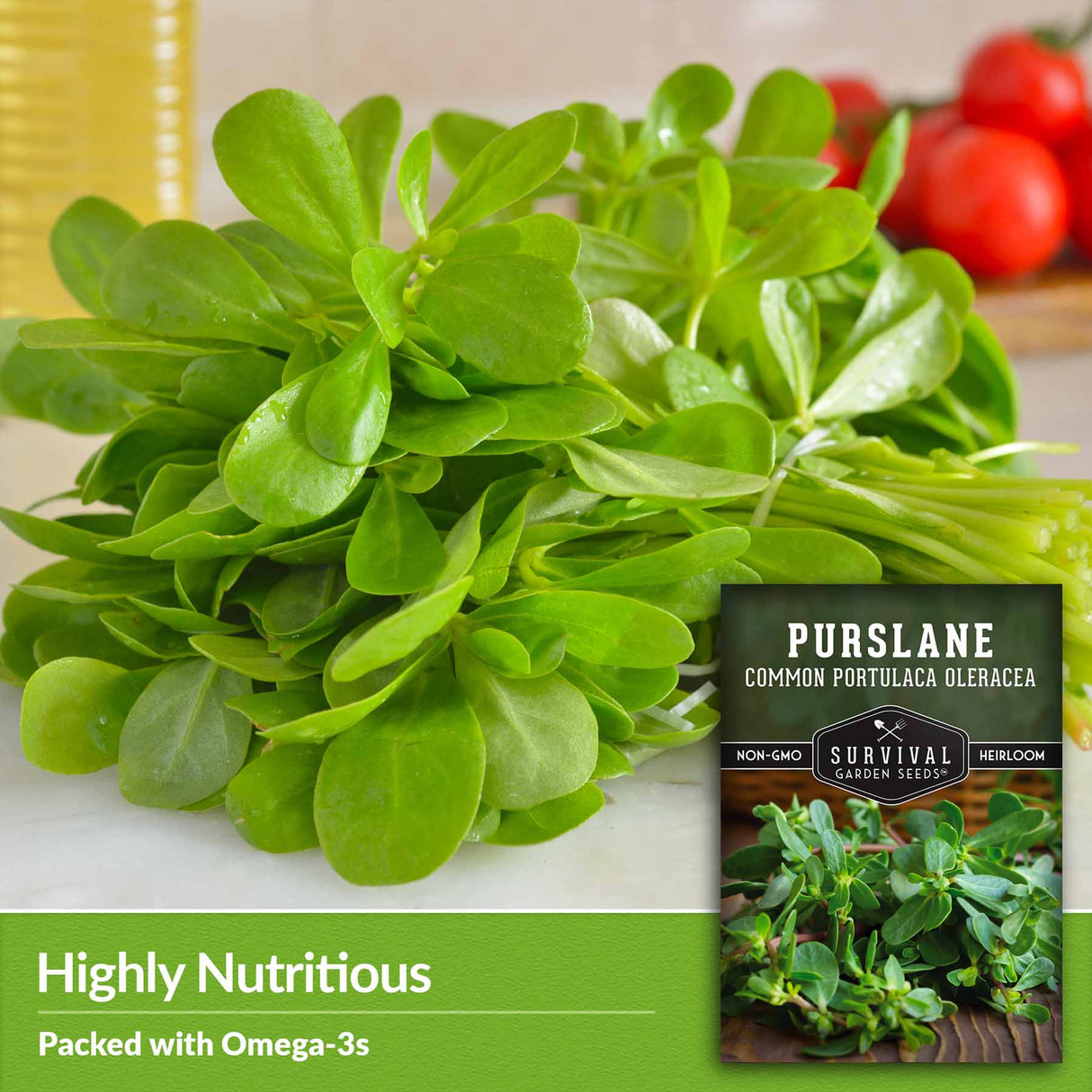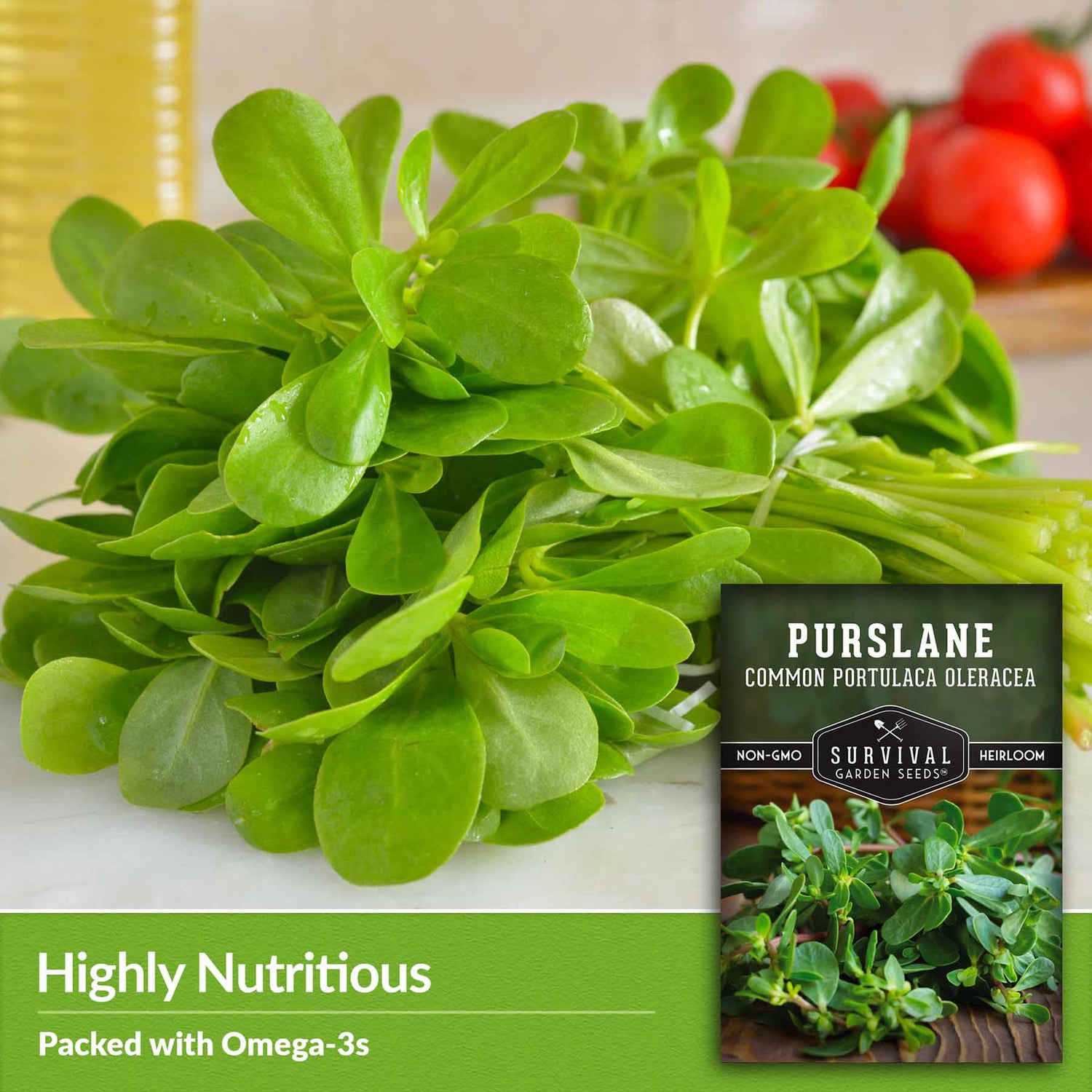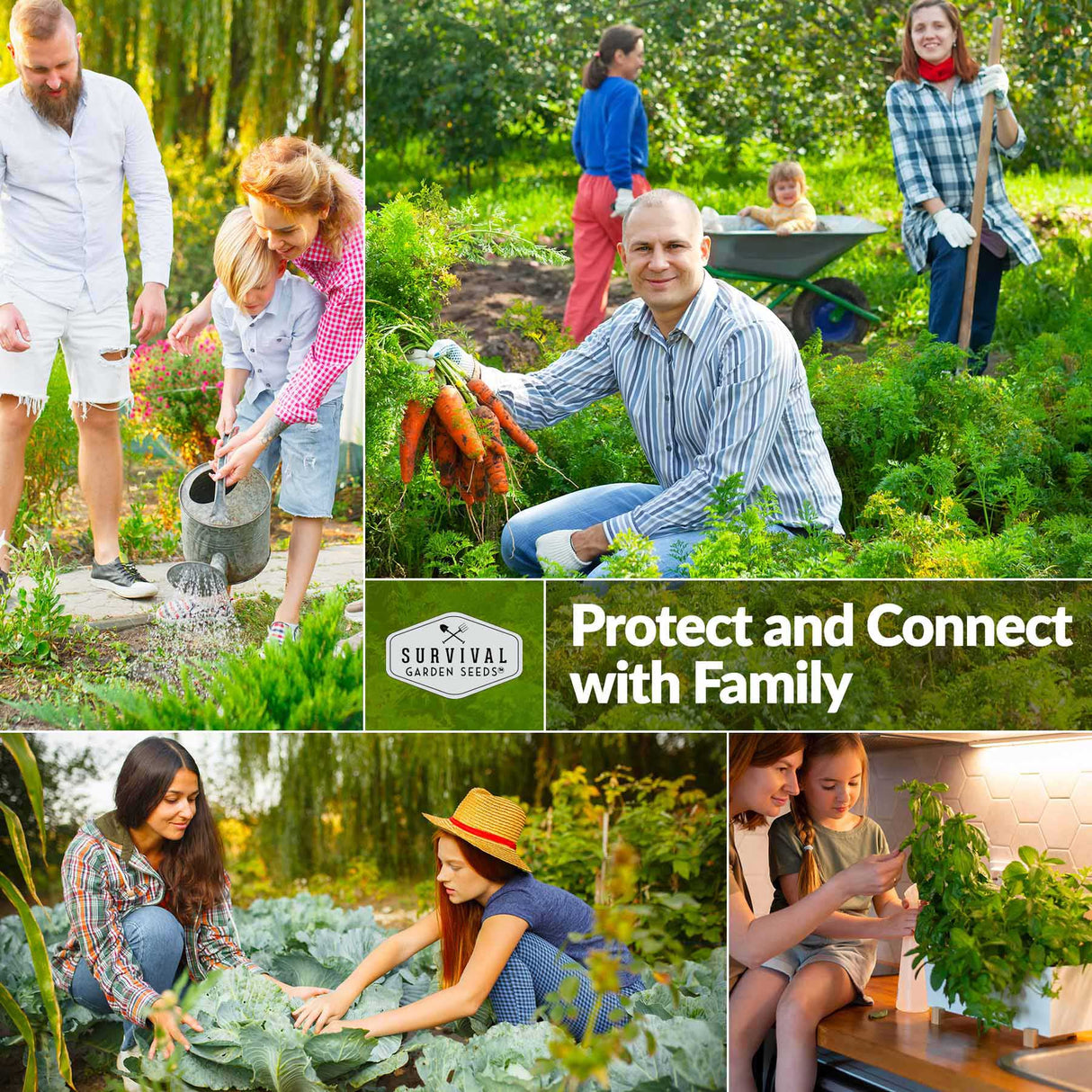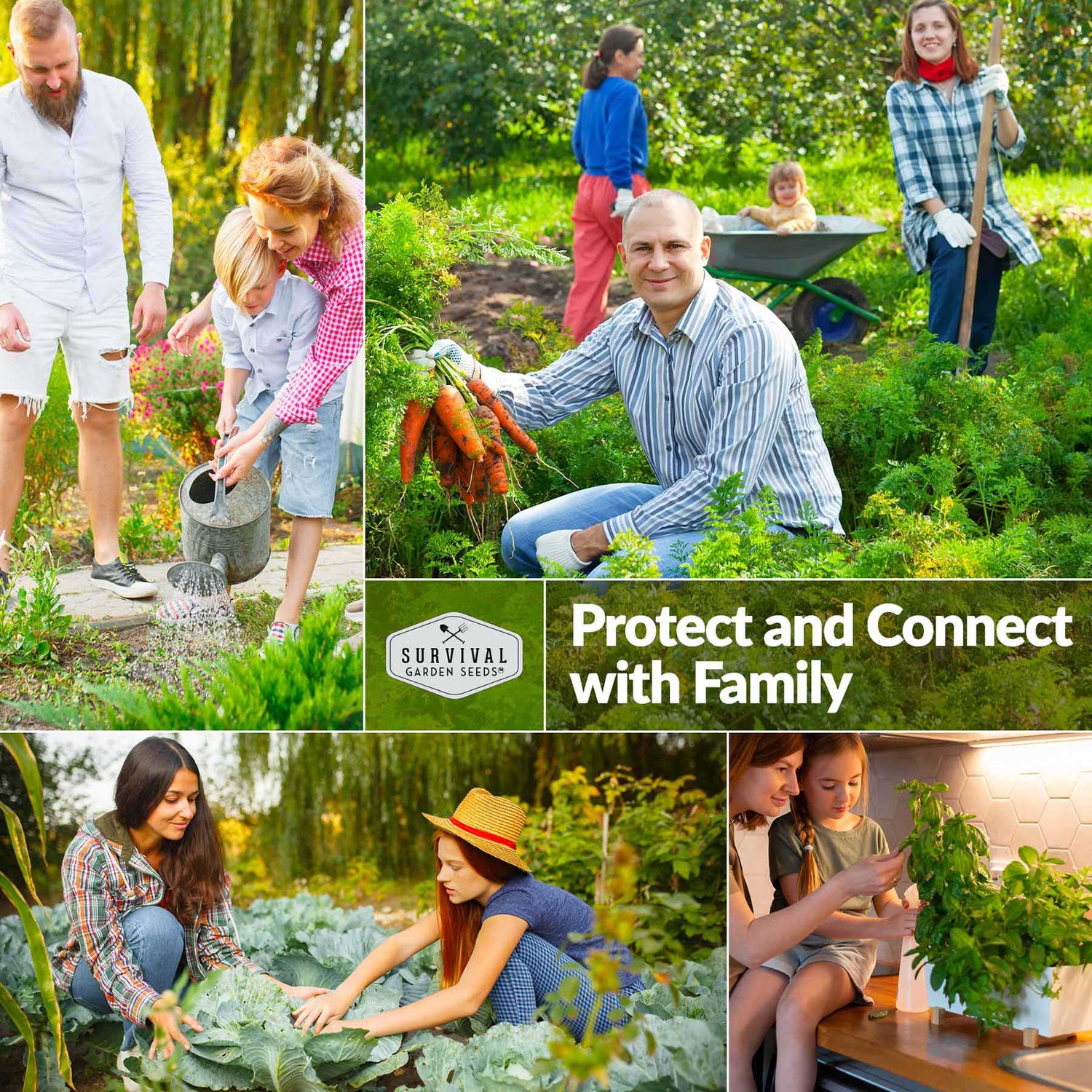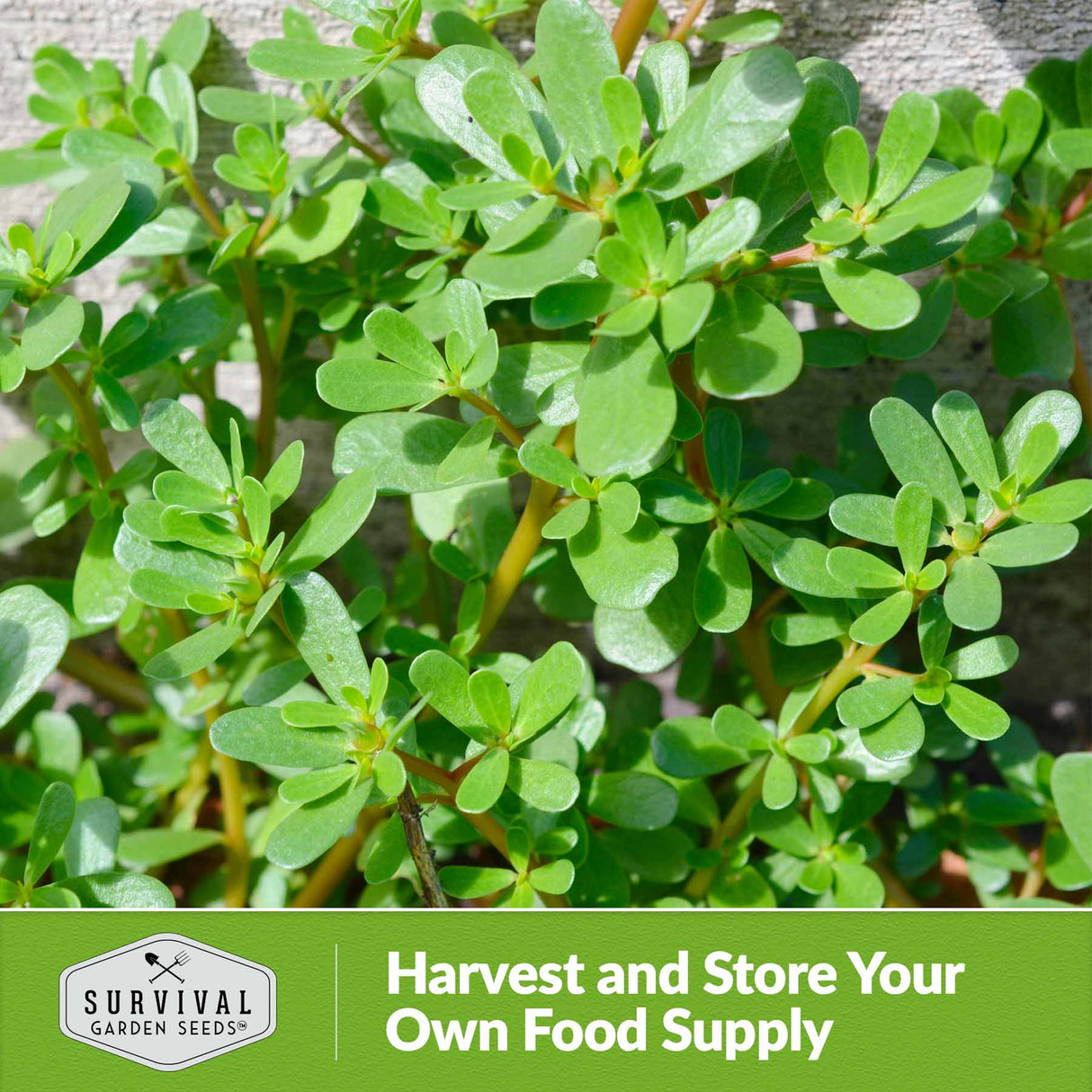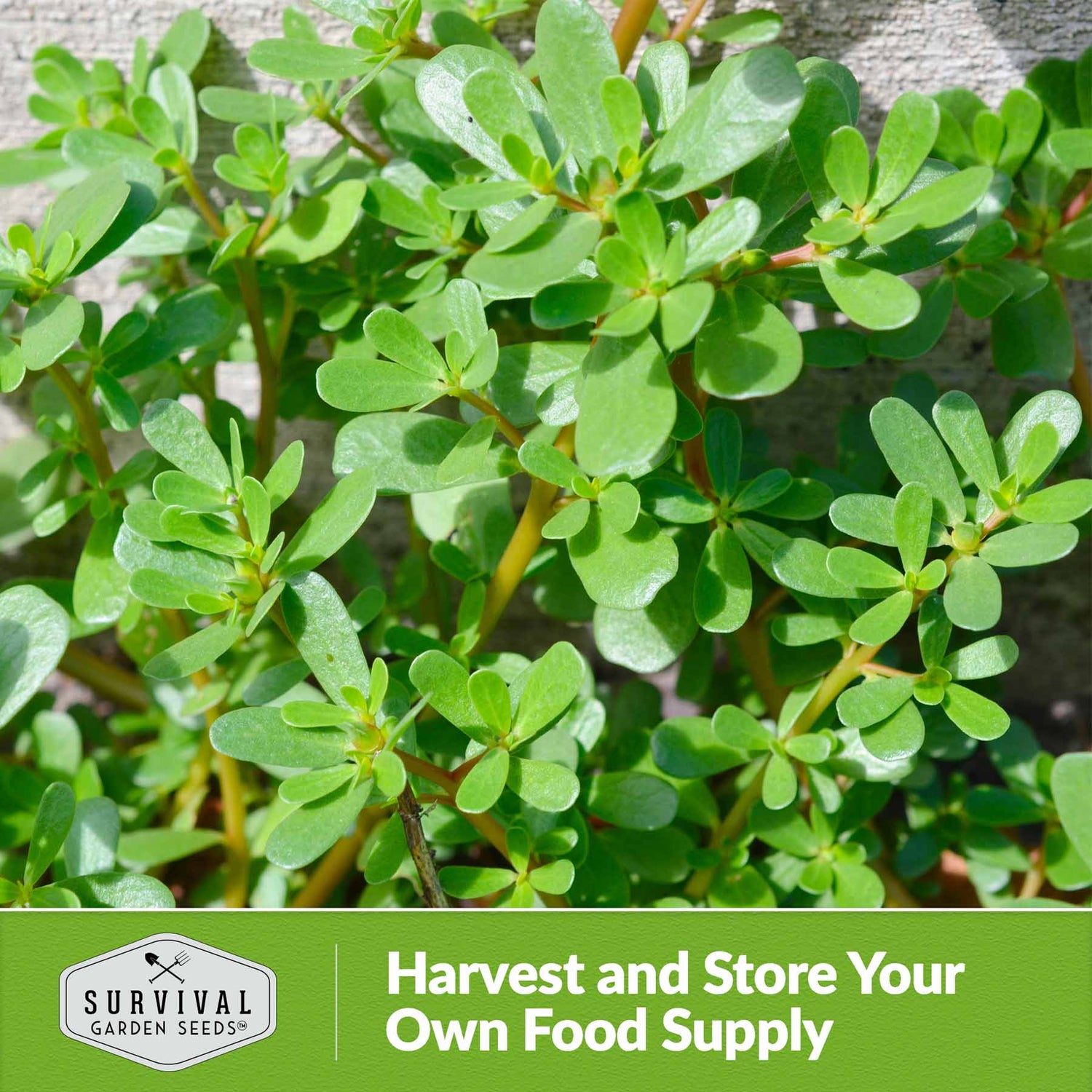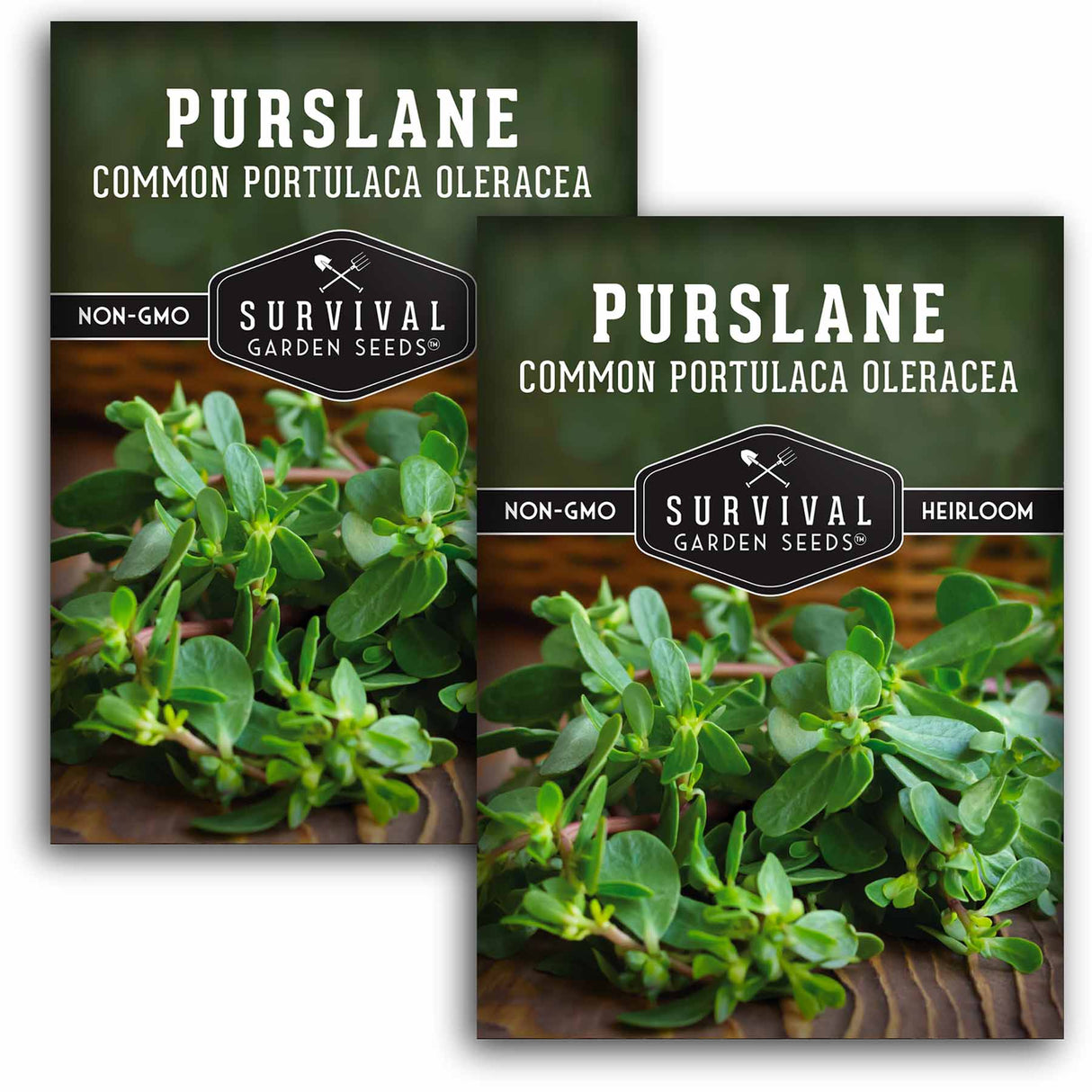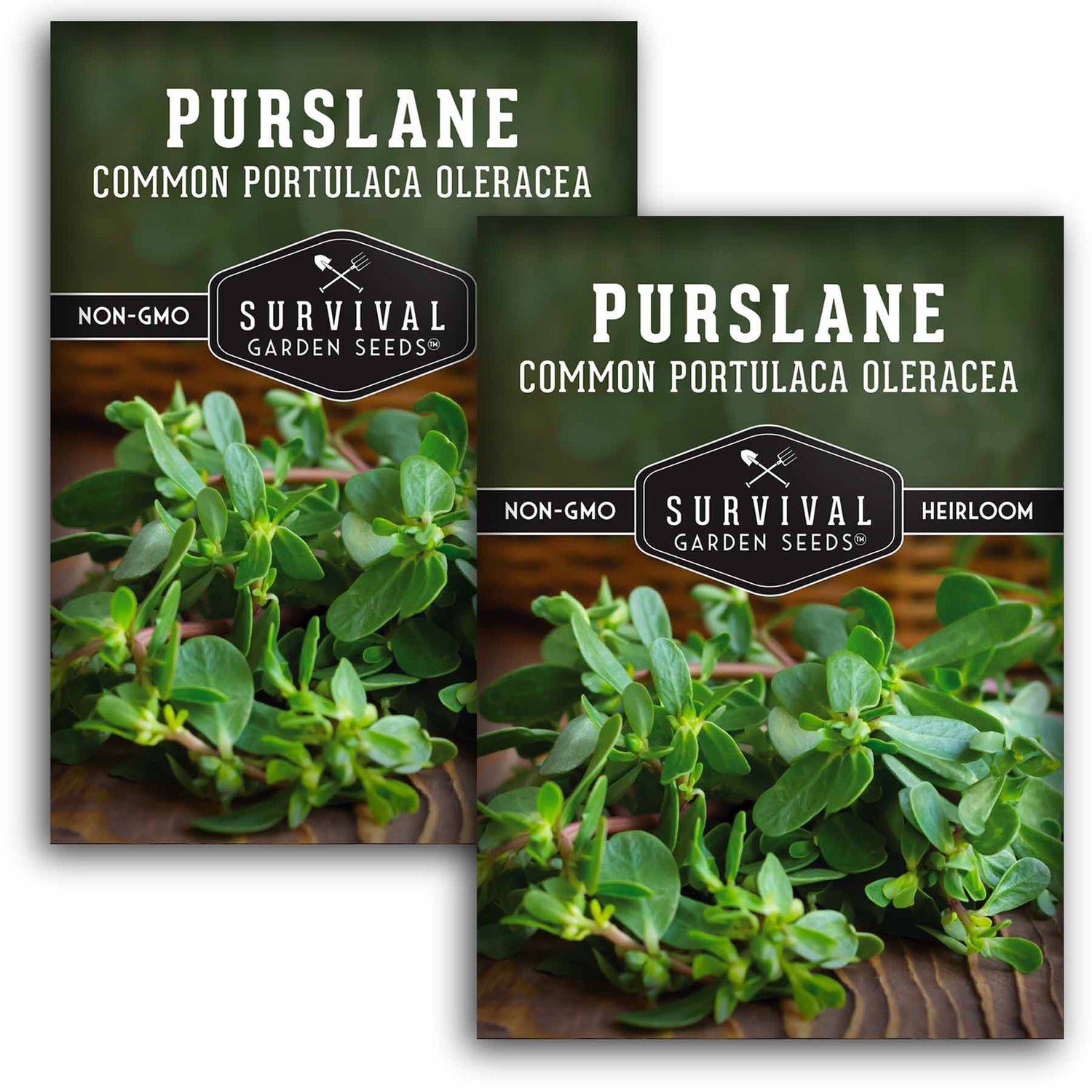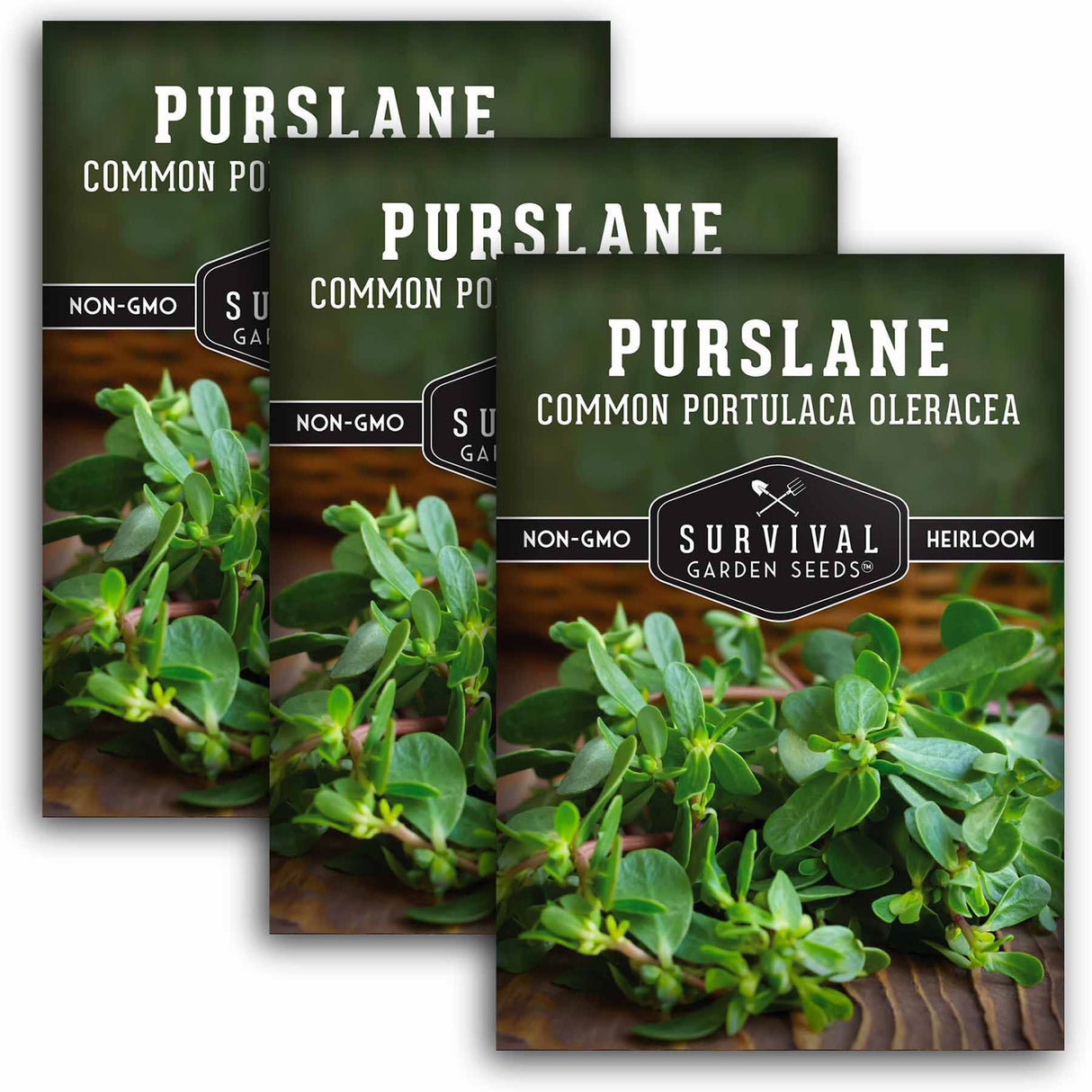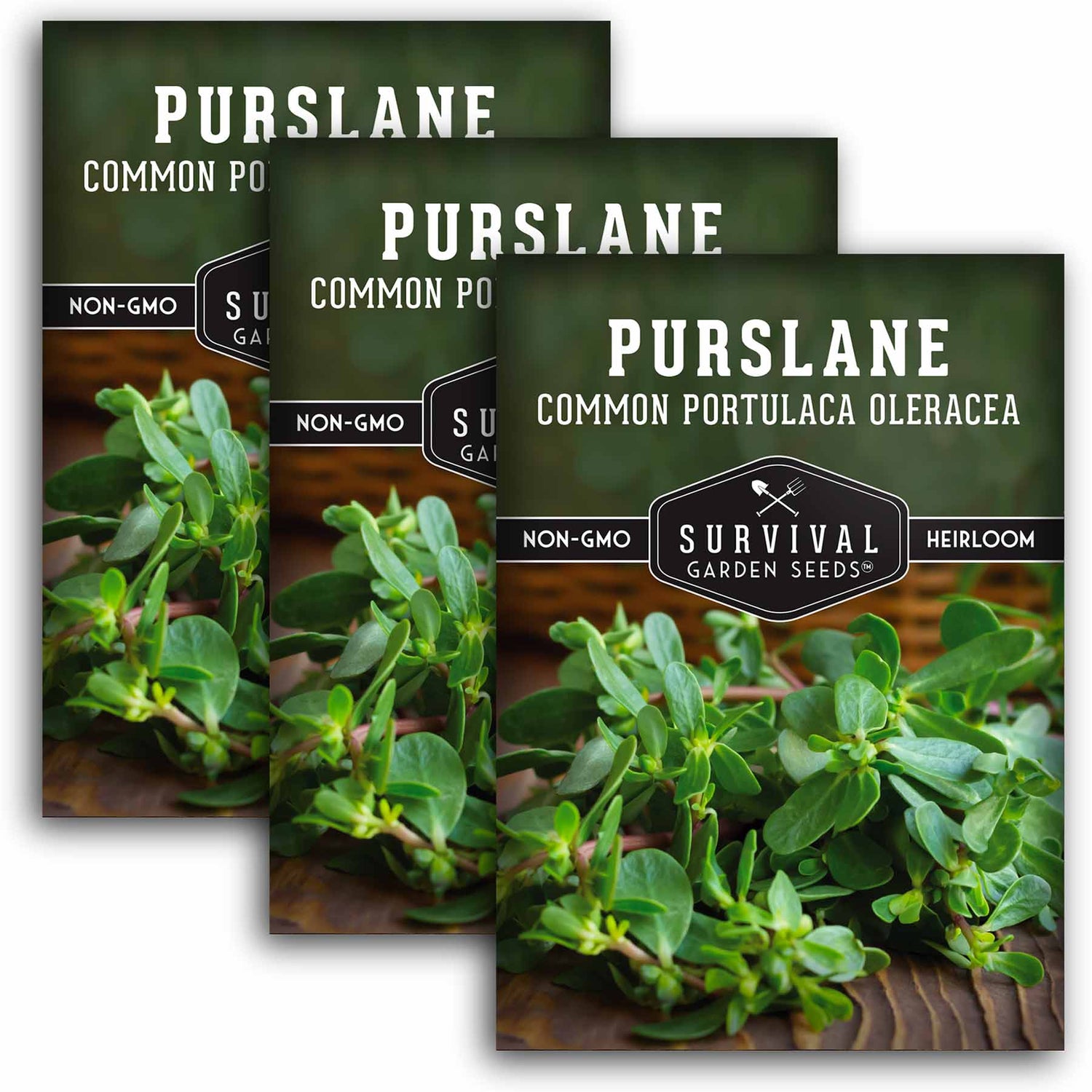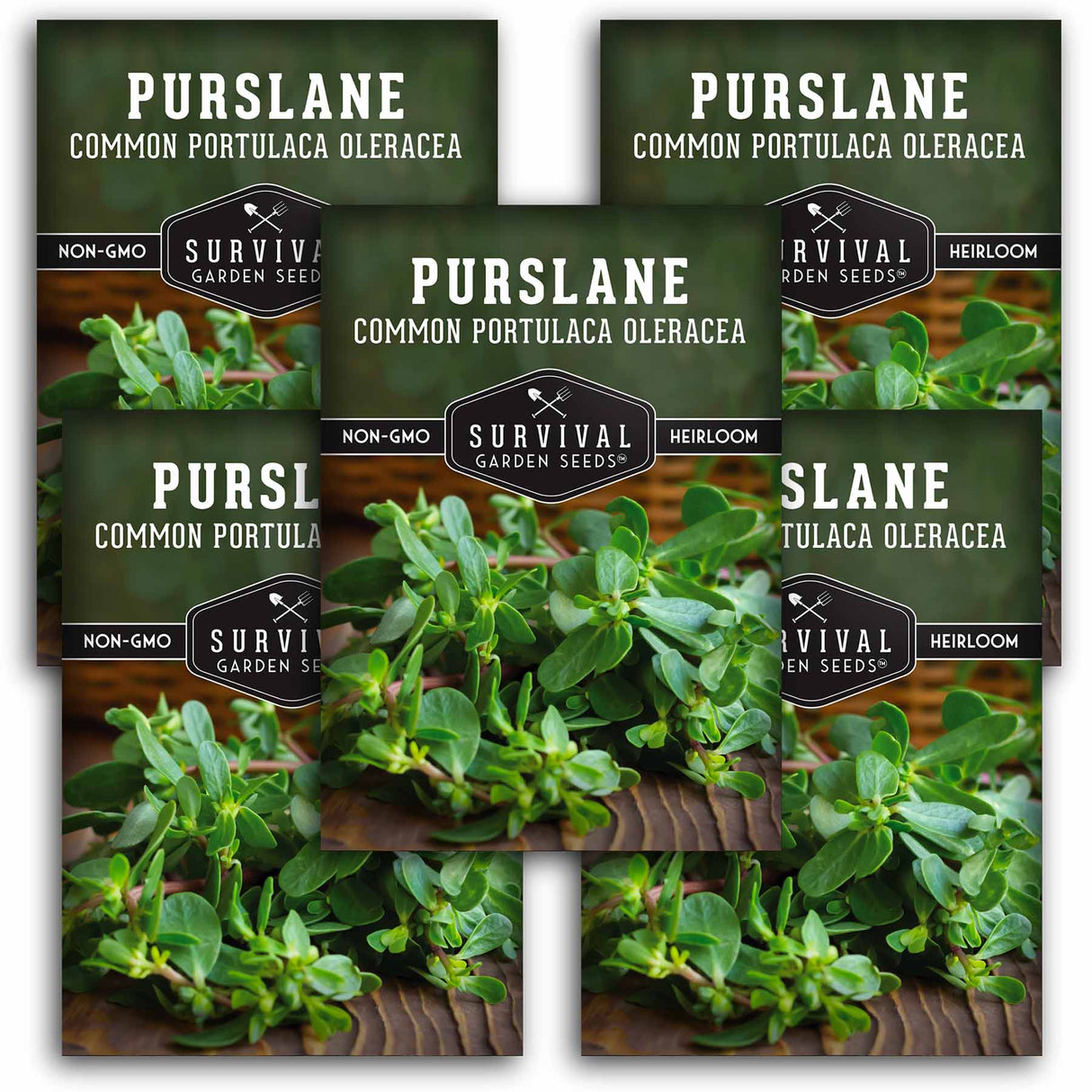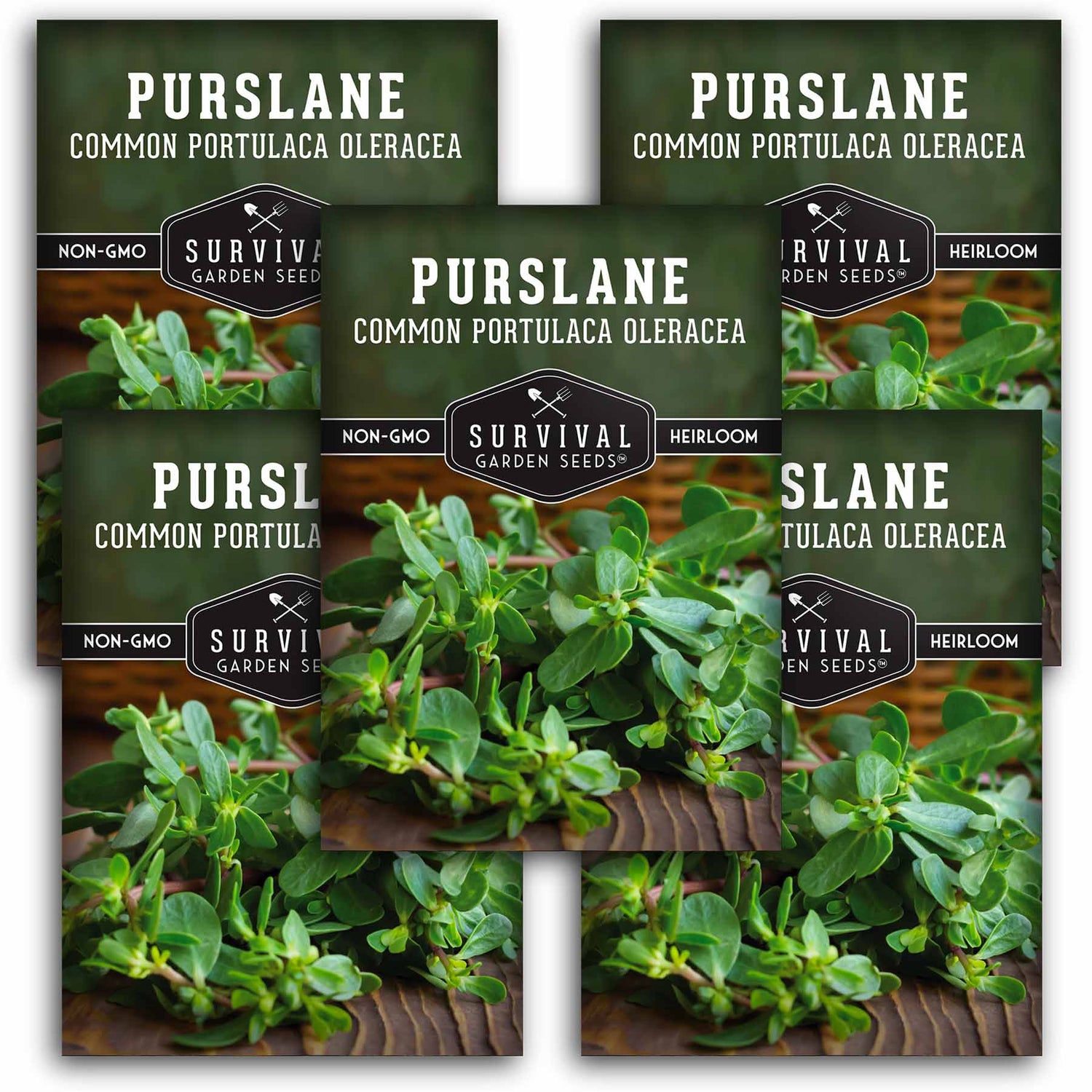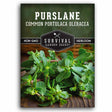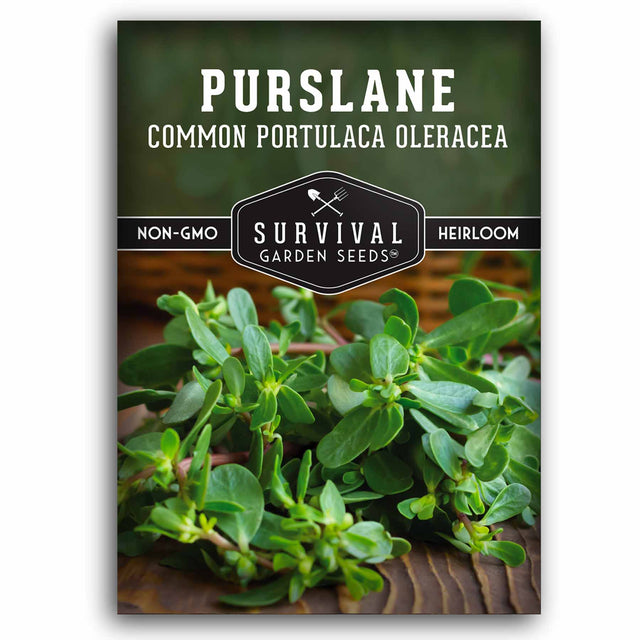Common Purslane Seed - Portulaca Oleracea
Common Purslane Seed - Portulaca Oleracea - 1 Packet is backordered and will ship as soon as it is back in stock.
Common Purslane, or Portulaca Oleracea, is an edible succulent plant known for its tangy leaves and vibrant flowers. This adaptable plant is an excellent choice for your garden, offering both visual interest and a source of nourishment. Its small, yellow flowers attract a variety of pollinators, including bee and butterfly species. Purslane is known for its ability to live and thrive in poor, compacted, or alkaline soils where other plants might struggle. It's often found in disturbed areas like gardens, fields, and roadside ditches. To prevent it from becoming a weed, it can be grown in pots and harvested before it goes to seed.
- Adaptable and Prolific Growth - Common Purslane is a resilient, drought-resistant annual succulent plant sometimes known green purslane or pigweed. The plants are easy to grow, heat and drought tolerant, growing in poor soils and in other hot spots. Although it is an annual, it spreads easily and will reseed itself aggressively, making it a good choice for ground cover. Container gardening is an easy way to restrict its spread.
- Nutrient-Rich Edible Plant - Known for its fleshy leaves and golden flowers, common purslane is grown as an ornamental flower, an edible vegetable, and as a medicinal edible herb. The thick greens are packed with Omega-3s and have a tangy, slightly salty taste that adds flavor and nutrients to salads, stews, or stir-fries.
Net Wt. 1G
Heirloom Vegetable Seeds
All of our seeds are open-pollinated, non-GMO, heirloom varieties with tested germination rates
Specifications
Specifications
-
Planting Zones
-
Light
-
Soil Temp for Germination
-
Germination Time
-
Planting Depth
-
Plant Size
-
Days to Harvest
-
Growing Instructions
-
Seed Saving Instructions
-
Approximate Number of Seeds Per Packet
Payment & Security
Your payment information is processed securely. We do not store credit card details nor have access to your credit card information.
Self-Reliance For The Future
- Sustainable Living - Vegetable gardening is an essential foundation of a more self-sufficient lifestyle. Home-grown fruits and vegetables are generally more flavorful and nutritious than store-bought.
- Easy to Grow - Seeds are packed in a beautiful paper packet with instructions for successful growing and germination in your own home garden. Each package also has instructions for saving seeds after harvest. Getting started is simple for both beginner and experienced gardeners.
- Quality Seeds - Plant now or store for future growing seasons. These seeds will remain viable for years if stored in a cool dry location. Our safe, non-hybrid non-GMO heirloom seeds are always open-pollinated, naturally grown, untreated, and selected to ensure the best germination rates
Frequently Asked Questions
What are heirloom seeds?
What are heirloom seeds?
Heirloom seeds are the types of seeds your grandparents grew. These varieties have been passed down from generation to generation. They’re old reliable open-pollinated varieties that aren’t typically grown commercially. Instead, they have a rich history that predates modern breeding techniques.
You can learn more about open-pollinated, heirloom, and non-GMO seeds in our Survival Garden Training blog.
Where are Survival Garden Seeds sourced?
Where are Survival Garden Seeds sourced?
The majority of our seeds are sourced in the United States, with a few exceptions when the seed is difficult to source domestically. Whenever we do have to source outside of the US, we ensure our seeds are safe to grow, non-GMO varieties that meet our standards for germination and reliability.
Are your seeds treated?
Are your seeds treated?
No, we do not pre-treat our farmer seeds. All of our garden seeds for sale are untreated, open-pollinated, non-GMO, and heirloom varieties. They are kept in temperature-controlled cooler storage until they are packed and shipped to keep them pest and disease-free.
In what zones can I grow your seeds?
In what zones can I grow your seeds?
The seeds in our collections are specifically chosen from varieties that can be successfully grown from Zone 3 to Zone 10 USDA Hardiness Zones. However, individual varieties have specific needs to thrive in different environments. Each seed pack has optimal temperatures for germination and instructions on seed starting. Consult local frost dates to plan your garden and get the most out of your seeds.
What is the shelf life of these gardening seeds?
What is the shelf life of these gardening seeds?
Our seeds will generally last for 3-10 years if they are appropriately stored in a cool, dry place. However, we encourage you to grow your survival seeds within a year or two of purchase. This yields the best germination rates possible and also gives you more experience growing survival food now. At the end of the growing season, follow the instructions on the back of each packet for saving seeds for future gardens. These new seeds for survival will be more adapted to thrive in the growing conditions where you are.

